Greetings! As we continue our transformative journey in this 12-part series called, "Harmony Within: A Holistic Wellness Journey," we now look at the art and science of stretching—a practice that extends far beyond flexibility alone and serves as a way to improve one's vitality.
Understanding the Science of Stretching:
Stretching is not merely a prelude to physical activity; it's a practice that fosters vitality and rejuvenation.
In most instances, people view yoga as a "stretching" exercise. While the "stretch" is merely the tip of the iceberg, this view is understandable.
While there are many types of stretch exercises out there, I consider 2 types of stretches in my practice as a yoga teacher: passive stretching and active stretching. The main difference between these is whether or not your muscles are engaged during the process of stretching.
In passive stretching, we aim to keep the muscles relaxed as much as possible, using the breath to ease any build-up of tension. You see this mainly in Restorative Yoga sessions and in some cooling down portions of some yoga classes.
In active stretching, the target muscles remain active and taut. This is the type of stretch that your yoga teacher will ask you to be in while holding certain asanas aimed at flexibility, such as in Hatha, Ashtanga, Iyengar, and Vinyasa yoga classes.
Depending on the class you joined or the purpose of your "stretching", you will find yourself in either the passive stretch or active stretch.
In my sessions, you can expect a combination of these stretches. However, you can expect mostly passive stretches in my Rest & Restore sessions, which are based in Restorative Yoga, and active stretches in my Deep Stretch courses following YOGABODY's Science of Stretching.
The Benefits of Stretching in a Nutshell:
1. **Improved Flexibility:** By elongating the muscles and tendons, stretching enhances flexibility, allowing for a broader range of motion.
2. **Enhanced Circulation:** Stretching promotes better blood flow, delivering nutrients to muscles and aiding in the removal of waste products.
3. **Stress Reduction:** The act of stretching releases tension in the muscles, signaling the nervous system to relax and reducing overall stress levels.
Incorporating the Science into Your Practice:
To truly embrace the vitality that stretching offers, it's essential to approach it with mindfulness and intention. If you haven't stretched in a while or have never experienced a deep stretch practice, taking things slowly and at shorter duration is advisable.
Here's a simple stretching routine you can incorporate into your daily life:
1. Neck Stretch:
Gently tilt your head to one side, feeling the stretch along the side of your neck. You can use your hand to add weight into the stretch. Avoid actively pulling.
Hold for 15-30 seconds, breathing deeply.
Repeat on the other side.
2. Forward Fold:
Stand with feet hip-width apart, hinge at your hips, and slowly lower your upper body toward the floor. Ensure that you're not hunching your shoulders and upper back.
- Allow your arms to hang loosely or reach for the ground.
- You can keep your knees soft at the start but eventually aim for keeping your legs straight and muscles active.
- Hold for 20-30 seconds, feeling the stretch in your hamstrings and a good release in your lower back.
3. Chest Opener:
Interlace your fingers behind your back and straighten your arms away from your back.
Relax your shoulders and allow your chest to open.
Hold for 15-20 seconds, breathing into the stretch.
4. Seated Spinal Twist:
Sit cross-legged, making sure your sitting bones are on the mat/floor.
Place one hand on the opposite knee as an anchor and twist gently towards the direction of that knee.
Hold for 20-30 seconds, feeling the twist through your spine.
Repeat on the other side.
Mindful Stretching Tips:
1. Breathe Deeply: Sync your breath with each stretch. Inhale as you prepare, and exhale as you deepen into the stretch. You can practice 4:8 breathing, inhaling for 4 counts and exhaling for 8 counts to allow for relaxation.
2. Listen to Your Body: Pay attention to sensations. Stretch slowly so that you don't trigger your stretch reflex. Stretch only to the point of tension, not pain, and respect your body's limit. Your breath will allow you get deeper in the stretch without forcing it or straining your body.
3. Consistency is Key: Incorporate stretching into your routine regularly for lasting benefits. Whether you lead an active lifestyle or not, a good stretch, even for a few minutes, helps your body remain mobile and supple. It's not about the intensity of a single stretch but the cumulative effects over time.
Join the Conversation:
How does stretching contribute to your sense of vitality? Share your favorite stretching routines or ask questions in the comments below. Let's build a community of mindful movers.
Stay tuned for our next episode, where we'll delve into the transformative practice of mindfulness meditation. Until then, may your stretches be intentional, and your vitality boundless.
With gratitude,



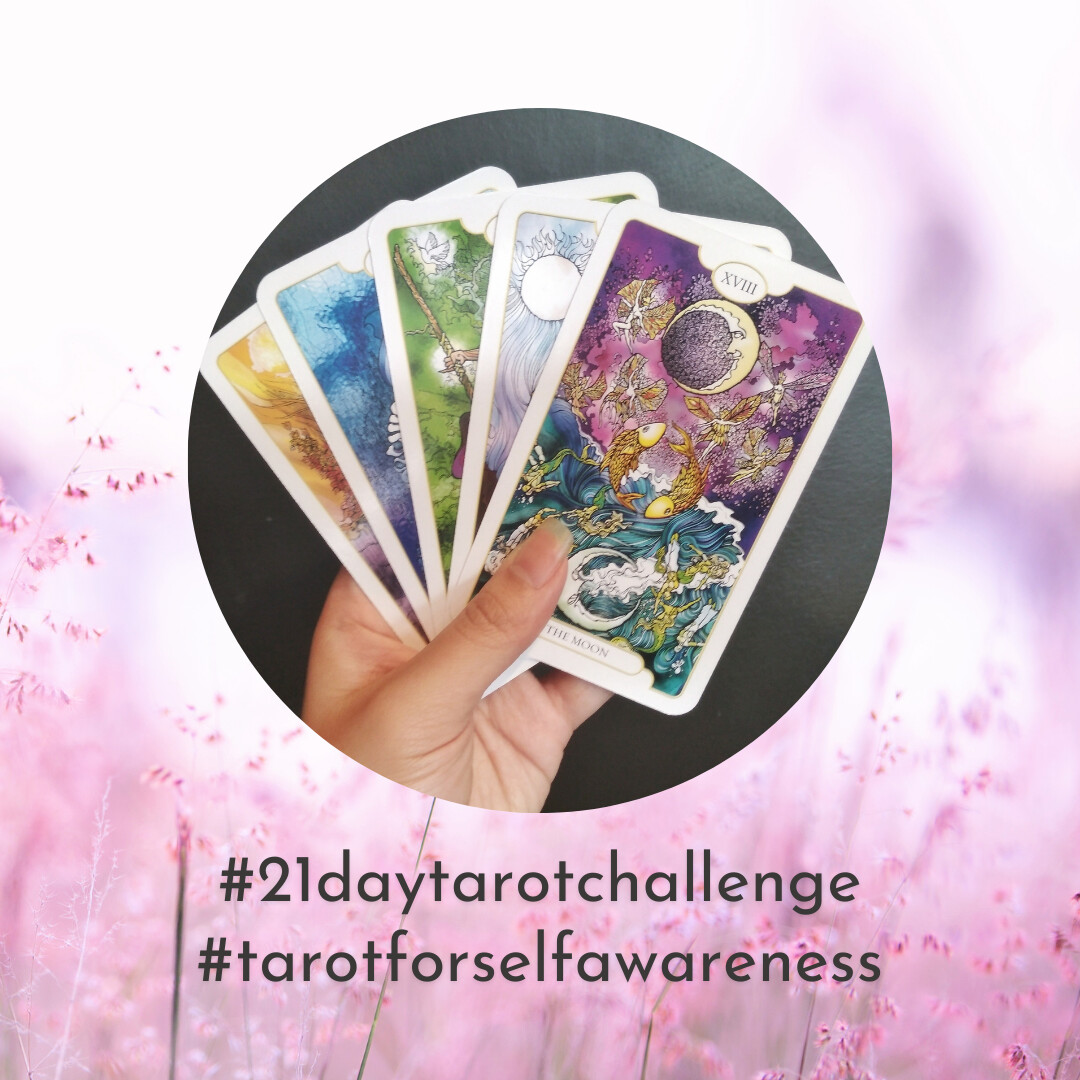

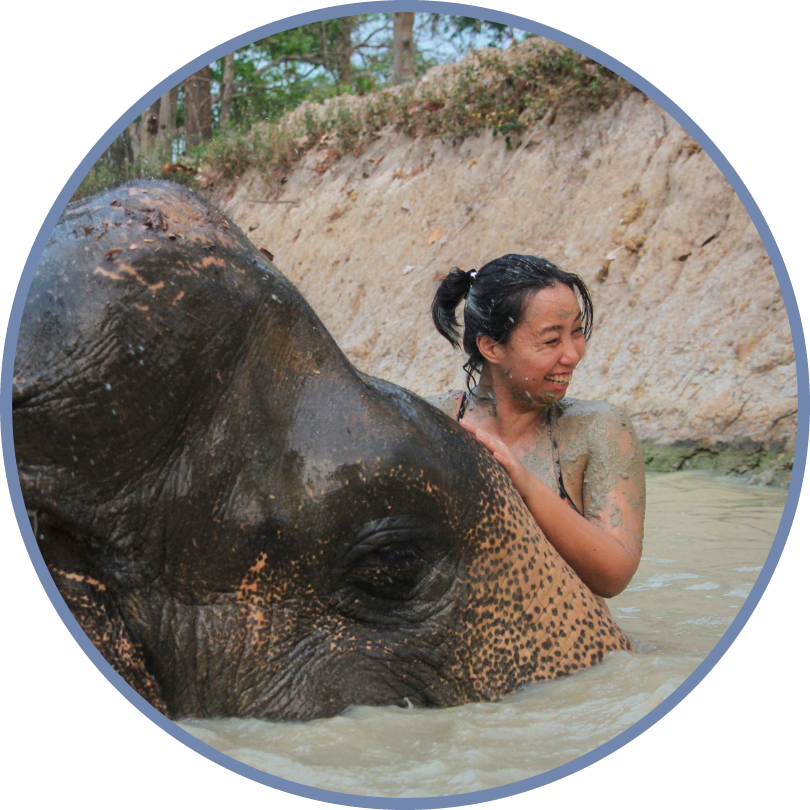
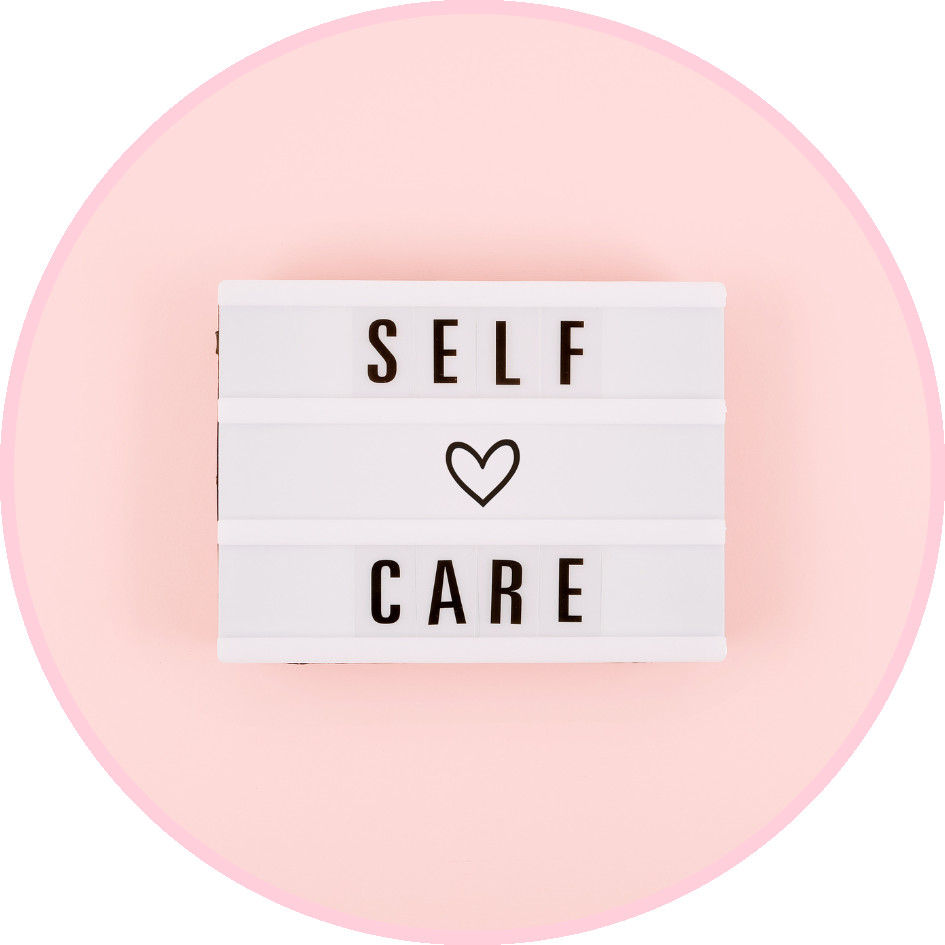

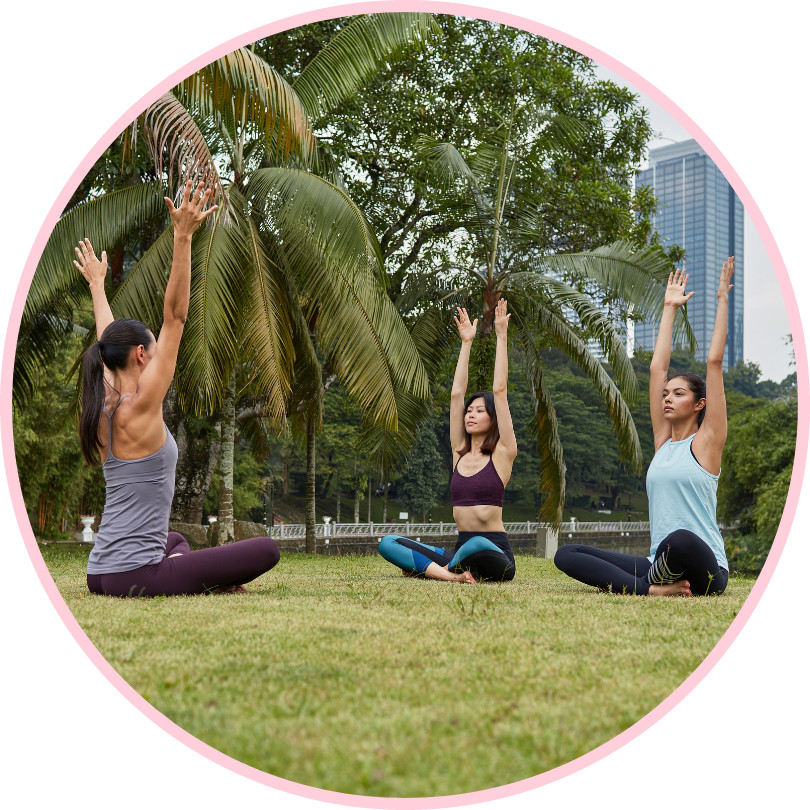

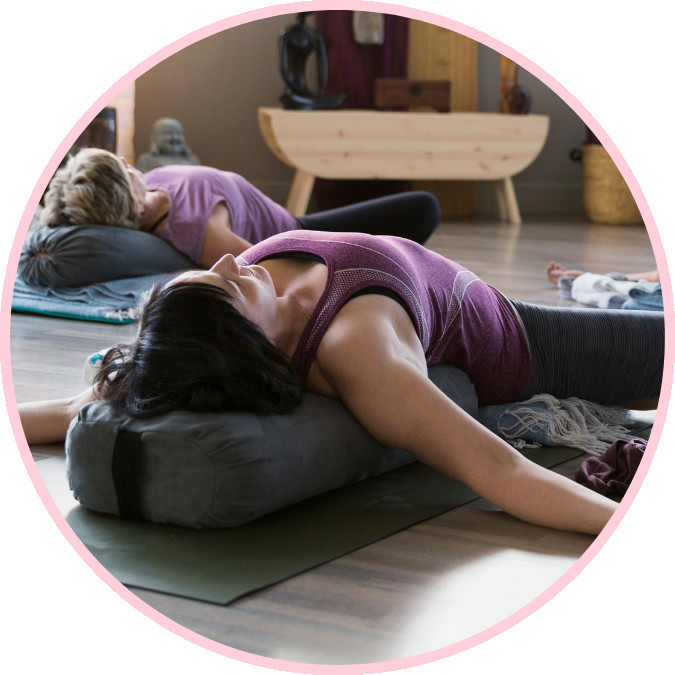
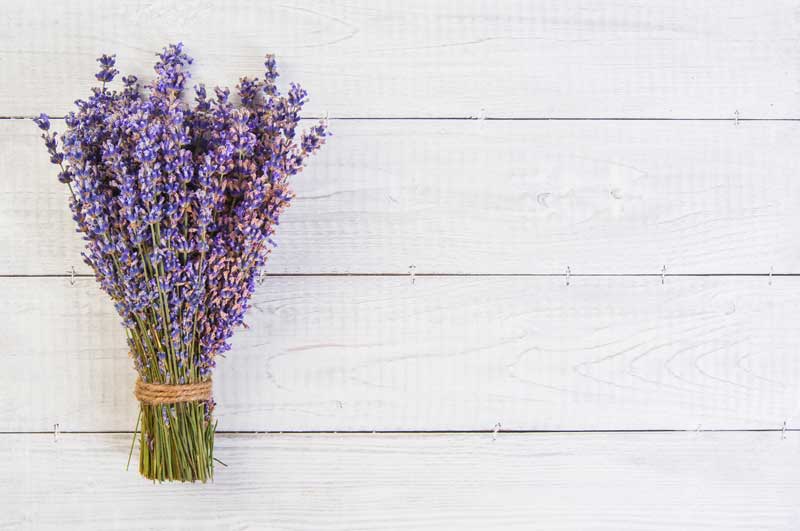
0 Comments